The strange story of the Saab Lancia 600, the Swedish Delta, in Lancia’s attempt to bring it to Nordic climates. Today it is one of the rarest youngtimers that can be found on the market. Let us remind you, this family car was produced by Lancia between 1979 and 1994. Giorgetto Giugiaro was in charge of the appearance of the first generation, the five-door compact. Also, for some time, the car was sold in Sweden under the designation Saab 600.
Table of Contents
Cooperation of the Wallenberg and the Agnelli families
It is called the Saab Lancia 600 and is the protagonist of one of the strangest stories in the automotive industry. A Saab – Lancia, possible? To retrace the history of what will become a rare car, we have to go back to the second half of the 1970s when Saab was forced to replace the 96, a model now obsolete after about twenty years of production.
The goal is to propose a more modern car to be included in a lower market segment than that occupied by the 99 and 900 midsize. The lack of funds to develop a new project leads the Wallenberg family, owner of the Swedish car manufacturer, to look for a technical and economic partner. We have already written about that, the Wallenberg family got involved with the famous Italian auto-dynasty Agnelli.
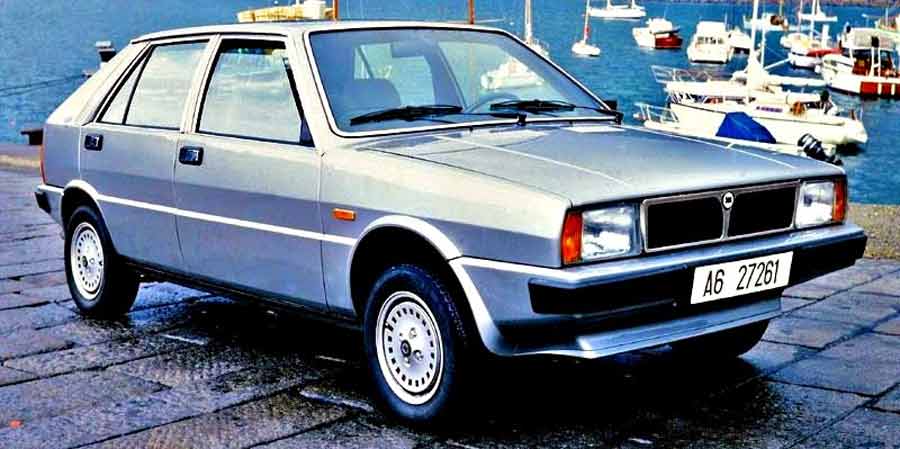
Lancia A112
The partnership between the Fiat group and Saab involves various phases, the best known of which is the development of the Type 4 platform, which will later give life to the family of large Lancia Thema, Fiat Croma, Alfa 164 and Saab 9000 sedans in the mid-1980s. The other agreements concern the distribution in Sweden starting from 1979 of the A112, which was introduced at the base of the range of the Swedish company as it bears the Lancia brand only, and a car to be placed at the step immediately below that of the 900: the Saab Lancia 600, nothing more than the rebadge of the then new Lancia Delta, developed on the Fiat Ritmo platform.
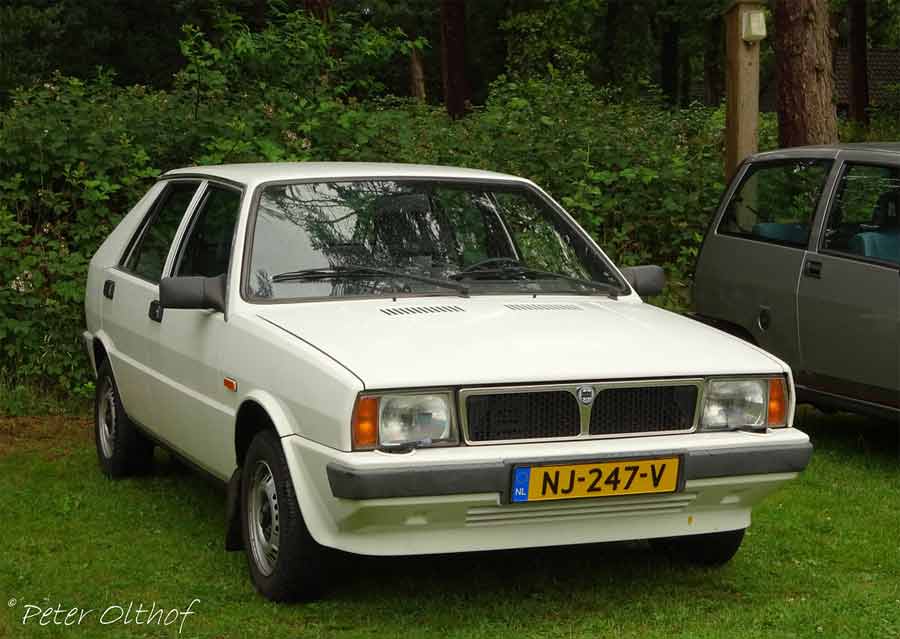
The Saab Lancia 600
The Saab Lancia 600 is produced in Chivasso together with the other Delta; it was introduced on the Swedish, Norwegian and Danish markets starting from 1980. Unlike the only version originally planned for the Lancia, the more complete LX debuted in 1982, which differs only for the 1.3-liter petrol engines with mechanical gearbox with 4 and 5 gears and 1.5 liters, on the Saab variant two different finishing levels are offered on the larger engine: GLS and GLE, the latter the most complete.
High price and market failure
The engine is the well-known 4-cylinder unit from Fiat with 1,500 CC and 85 HP at 5,800 rpm, with atmospheric power and Weber carburetor. The top speed is around 160 km / h and 0-100 km / h is covered in 12 seconds. The top of the range GLE, equipped with alloy wheels, remains on sale for only one year due to the very low demands, due to the high list price as a result of the high tax burden on new cars in the countries where it is marketed.
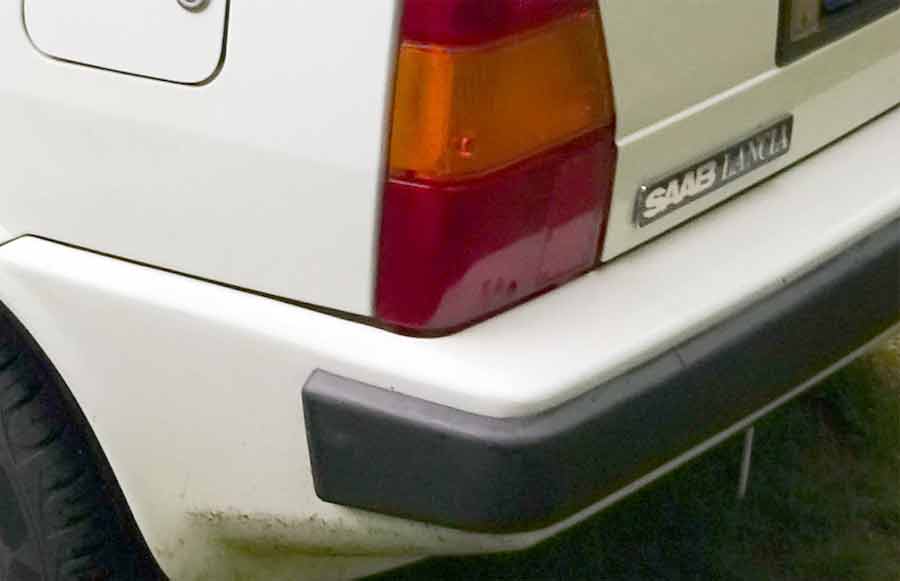
The differences between Saab Lancia 600 and Lancia Delta
The only aesthetic difference of the Saab Lancia 600 compared to its sister Delta concerns the rear. The aluminum-colored band at the base of the tailgate disappears, which on the GLS remains in painted sheet metal and on the GLE is black. The identification inscriptions are also different. On the left of the tailgate we find the wording Saab Lancia, on the right the Delta plate is replaced by the 600 GLS or GLE, depending on the trim. The plates are black with aluminum lettering on the GLS and aluminum with black lettering on the GLE.
Cars intended for the Swedish market were equipped with standard headlight wipers in accordance with local (swedish) motorway regulations, which prescribe them as mandatory. There are also a couple of optional black plastic accessories not used on cars for the italian market: a front spoiler massive enough to mount under the bumper, which can be integrated with fog lights, and a rear window Sunshades, also a rather problematic design.
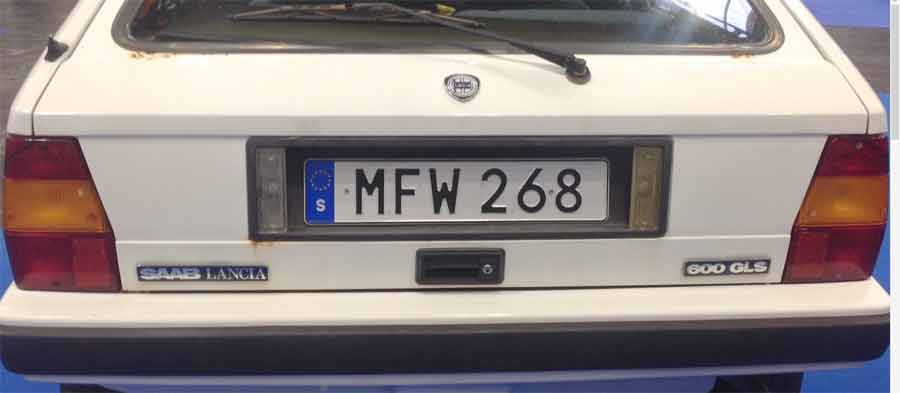
Already one year after marketing, the Saab Lancia 600 proved to be completely inadequate for the roads of northern Europe. The abundantly scattered salt in the winter months literally devours the Chivasso-made shells, which have corrosion protection certainly not at the levels of Swedish quality standards.
Another moment that prevented the market success of the model is the unwillingness of agents to deliver cars that they should distribute to dealers, despite some curiosity and initial customer demand. This phenomenon is particularly typical of the Danish market, perhaps because Agents 600 perceive Saab as something foreign to the world and potentially competitive.
Because of all these problems, the Saab Lancia 600 certainly could not have been a commercial success and disappeared from the price list of the Swedish company within just three years, 1982. The number of units produced and delivered is unknown, hovering around 2,000. The small number, the limited geographical area in which they were sold and the high biodegradability of the bodywork, which led to the demolition of most of the “Nordic Delta” in the first years of life, today make it a really difficult task to find Saab Lancia 600 in some solid condition.
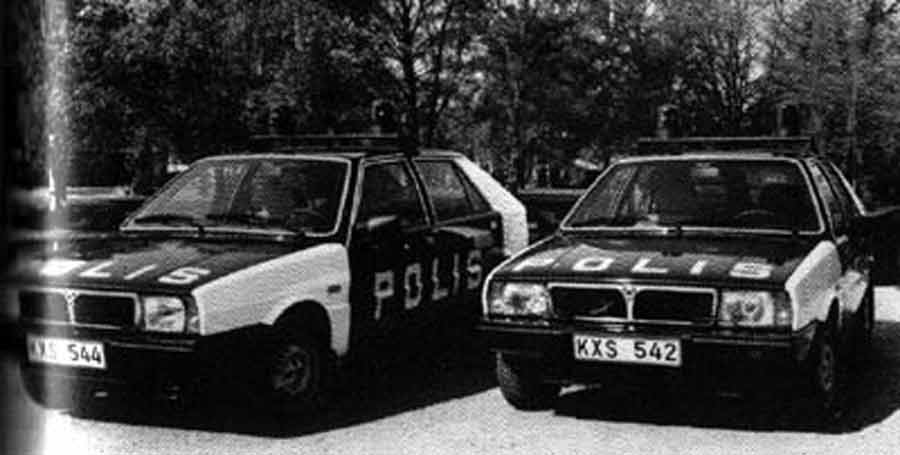
Interestingly, according to some old photos, the Saab 600 was even engaged in the Swedish police. But unfortunately, like the other 600 models, it “left the service” very quickly due to corrosion.

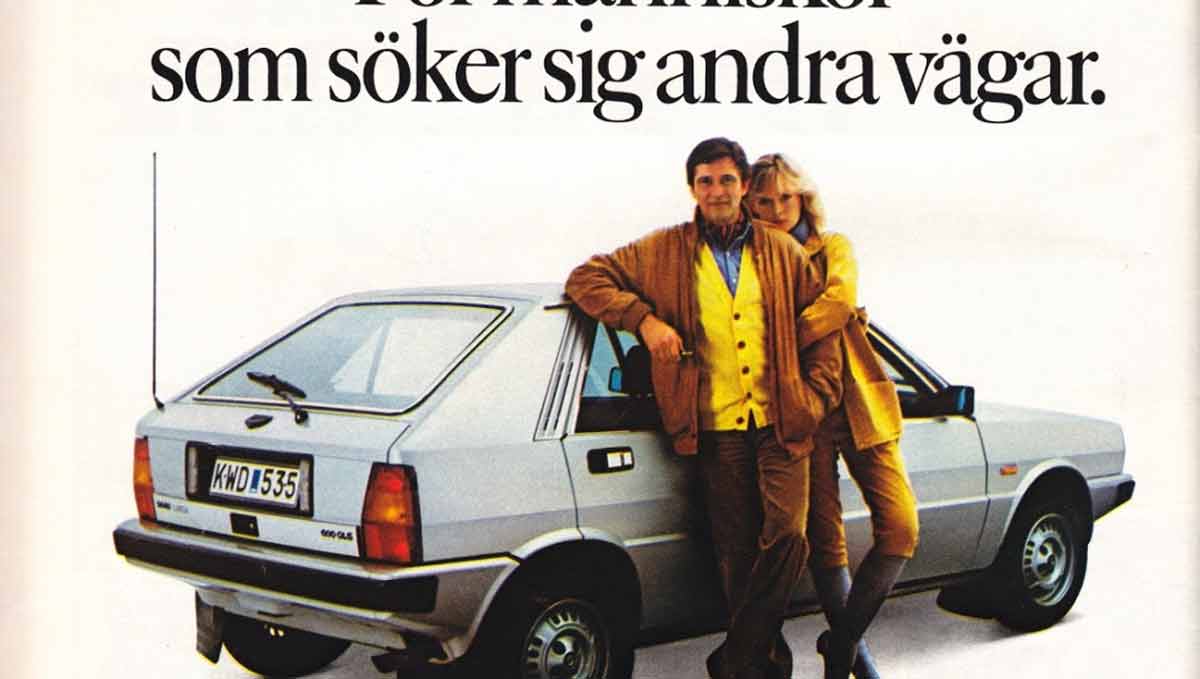




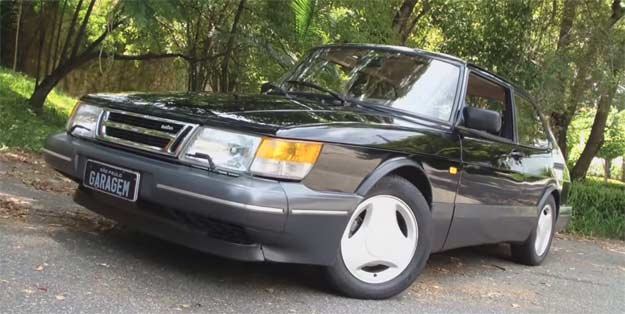
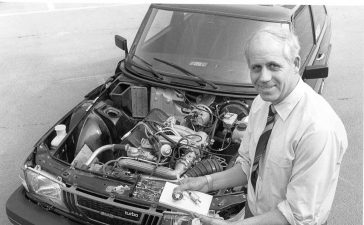




Have had one. Fun to drive but the interior fell apart.
Would have loved to own now, my parents hade one when i was i kid
This car was not made for Swedish winters, say the least.
Wasn’t this only available in two markets?